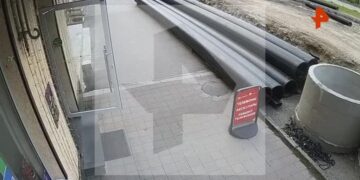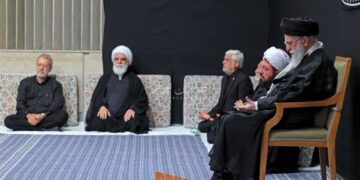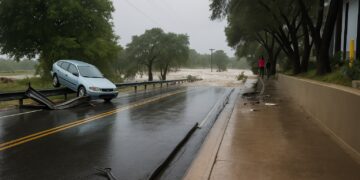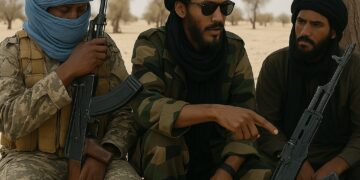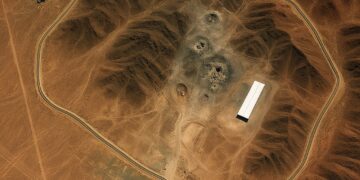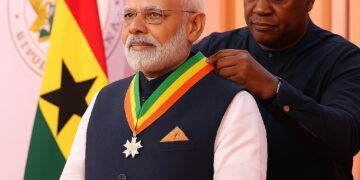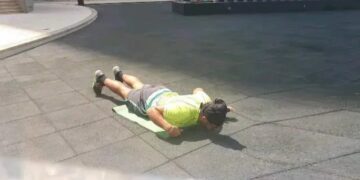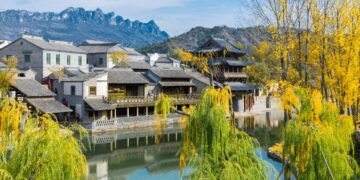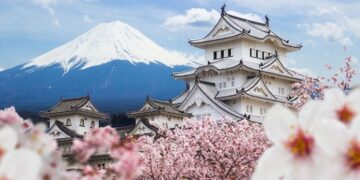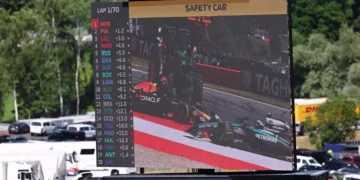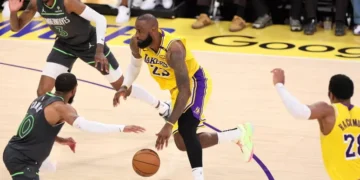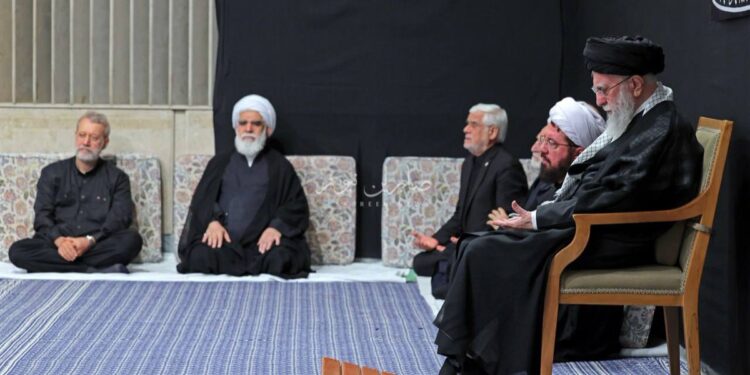Iran’s Supreme Leader Reappears in Public After Israel Conflict
Ayatollah Ali Khamenei, Iran’s Supreme Leader, made his first public appearance on July 5 following the recent 12-day war with Israel. The 86-year-old leader attended a mourning ceremony in Tehran on the eve of Ashura, a major Shiite religious observance. Dressed in black, he was seen waving to a large crowd of worshippers who chanted slogans of loyalty. He did not deliver a public speech but was seen speaking privately with a prominent religious figure.
Khamenei had not been seen in public since before the war began on June 13. During the conflict, he reportedly remained in a secure underground location and issued only pre-recorded video messages. His absence had raised questions about his health and safety, especially after reports emerged that both U.S. and Israeli intelligence knew his location but chose not to target him.
The war resulted in significant casualties and damage. Iran reported over 900 deaths and extensive destruction to its nuclear facilities, while Israeli officials confirmed 28 deaths from Iranian missile strikes. The conflict ended with a ceasefire on June 25, but tensions remain high.
Iranian officials, including President Masoud Pezeshkian and Foreign Minister Abbas Araqchi, praised Khamenei’s return. Araqchi, speaking at the BRICS summit in Brazil, reiterated Iran’s call for a single democratic state in place of the two-state solution for Israel and Palestine. He argued that lasting peace in the region depends on resolving the Palestinian issue in a just and inclusive manner.
Khamenei’s reappearance is seen as a move to restore confidence in Iran’s leadership and to signal stability after a period of intense conflict. State media emphasized the symbolism of his presence at the Ashura ceremony, portraying it as a message of resilience and unity.
Meanwhile, Iran has suspended cooperation with international nuclear inspectors, and questions remain about the extent of damage to its nuclear program. Analysts believe Iran may attempt to rebuild its capabilities while navigating diplomatic pressure.
The Supreme Leader’s return to public life marks a pivotal moment in Iran’s post-war narrative, as the country faces both internal challenges and continued scrutiny from the international community.


